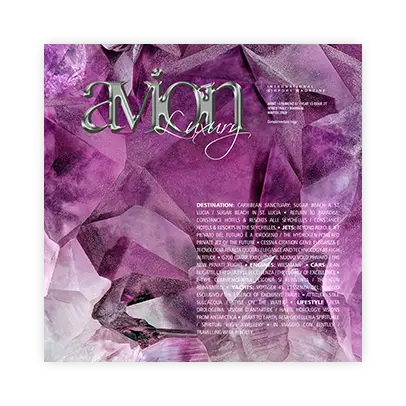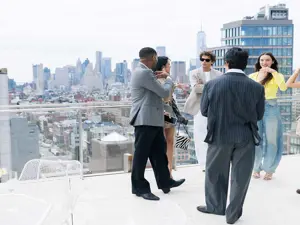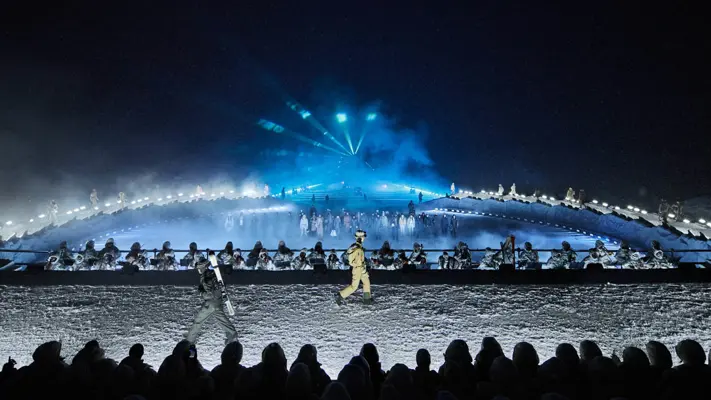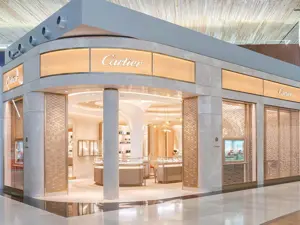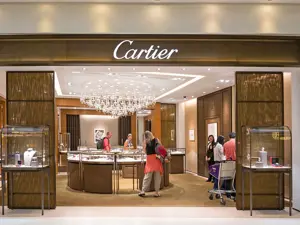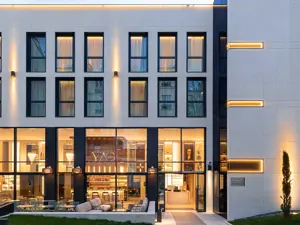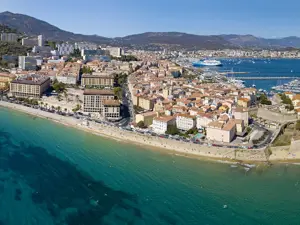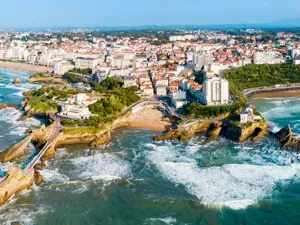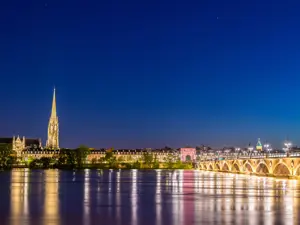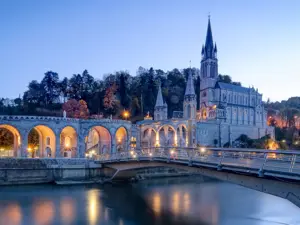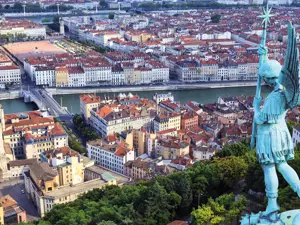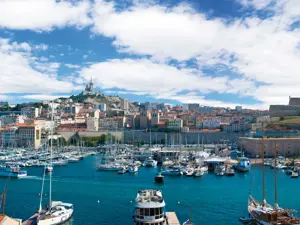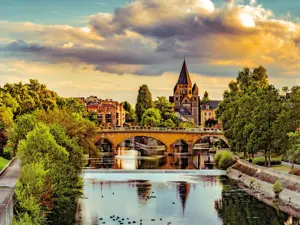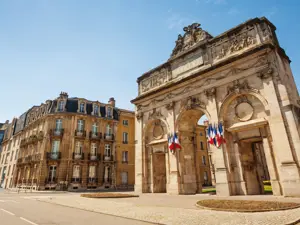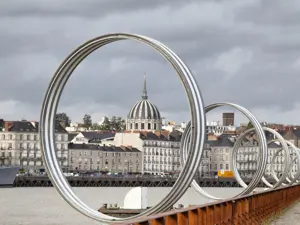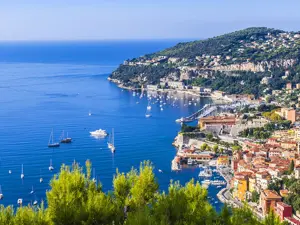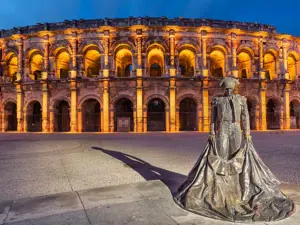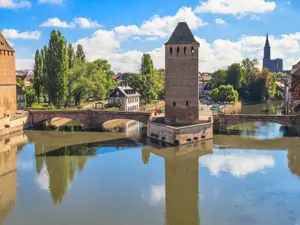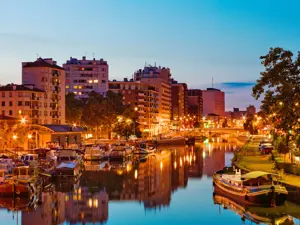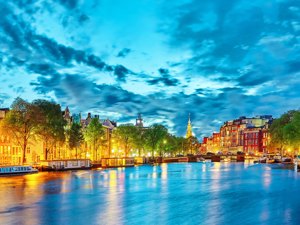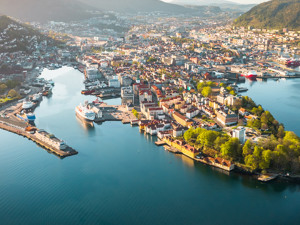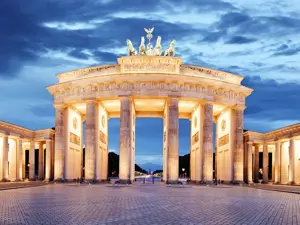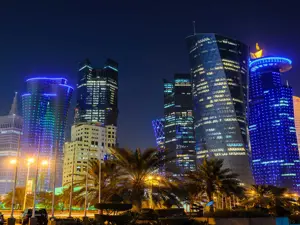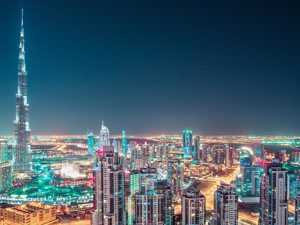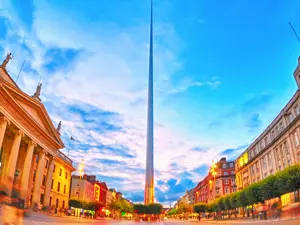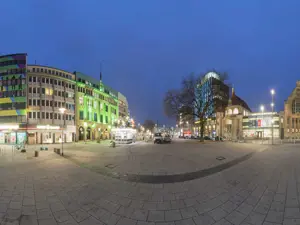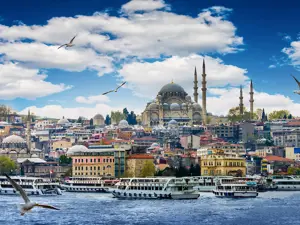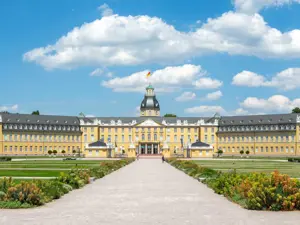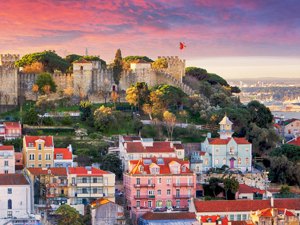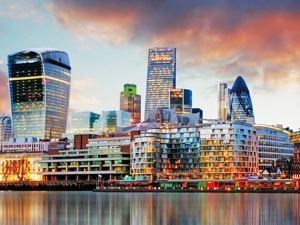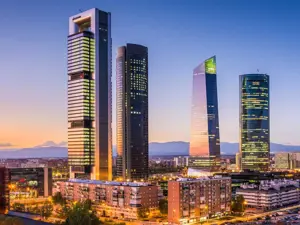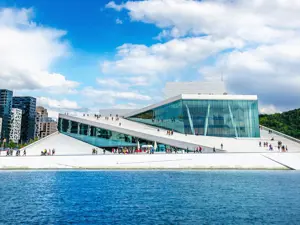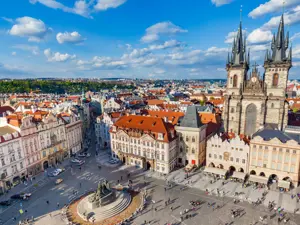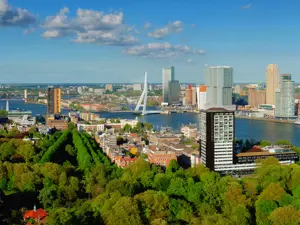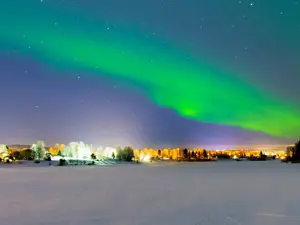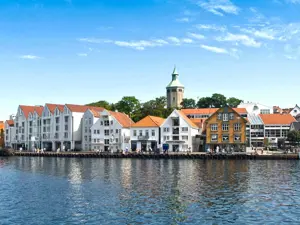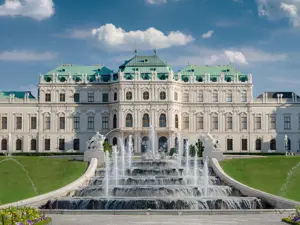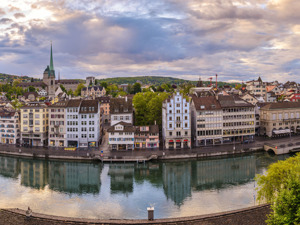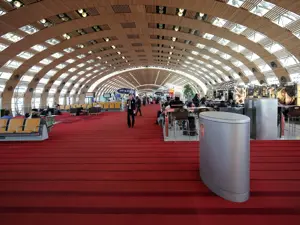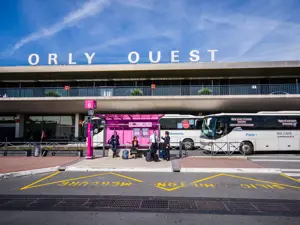An artistic, historic and cultural heritage and a richness and diversity without comparison.
Paris is one of the most beautiful and romantic cities in the world. The “Ville Lumière”, the city of light, is enveloped in a cosmopolitan allure that has enchanted its visitors for centuries. This splendid European city revolves around its river, the Seine, which divides it into two distinct areas.
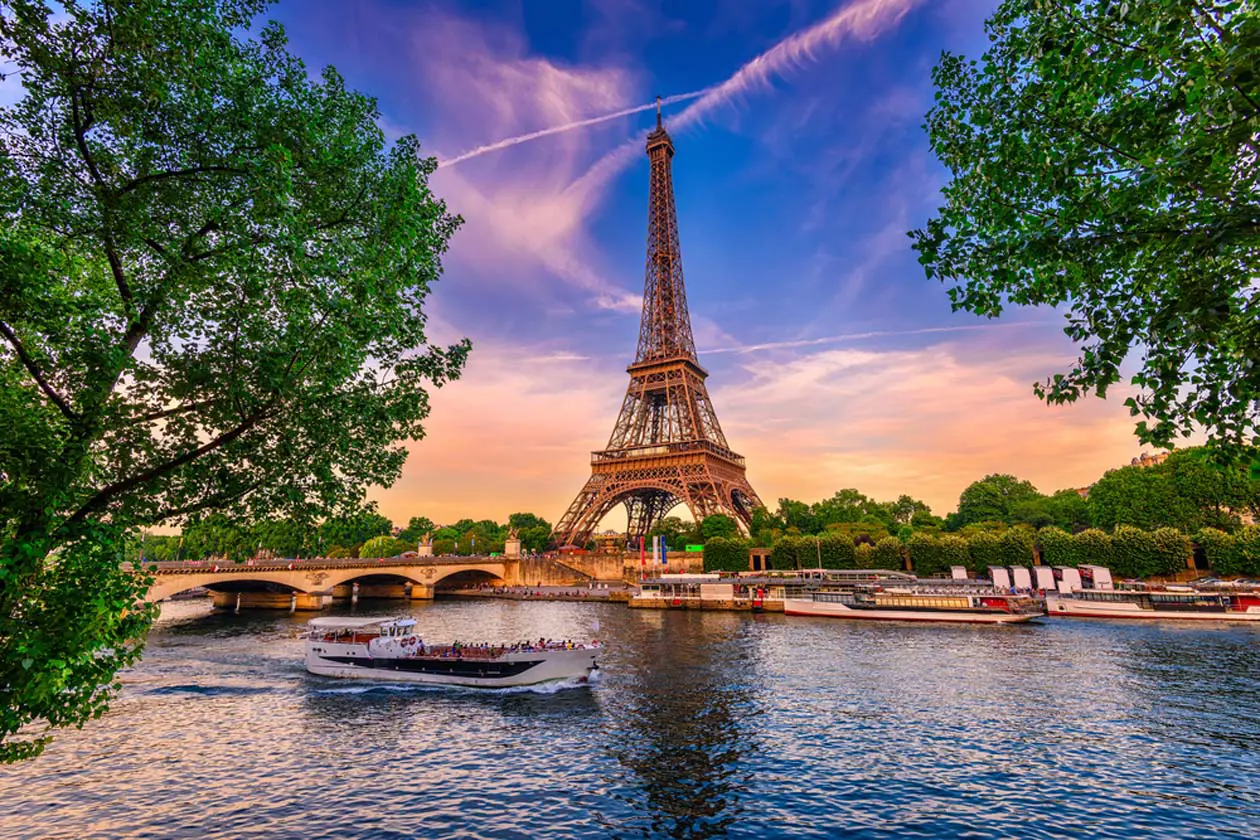
The Tour Effeil in Paris. Photo: Sisterscom.com, Shutterstock
Each area of the city is steeped in monuments, beautiful buildings and many museums filled with art and artworks arranged in exceptional collections.
Cathedral of Notre-Dame
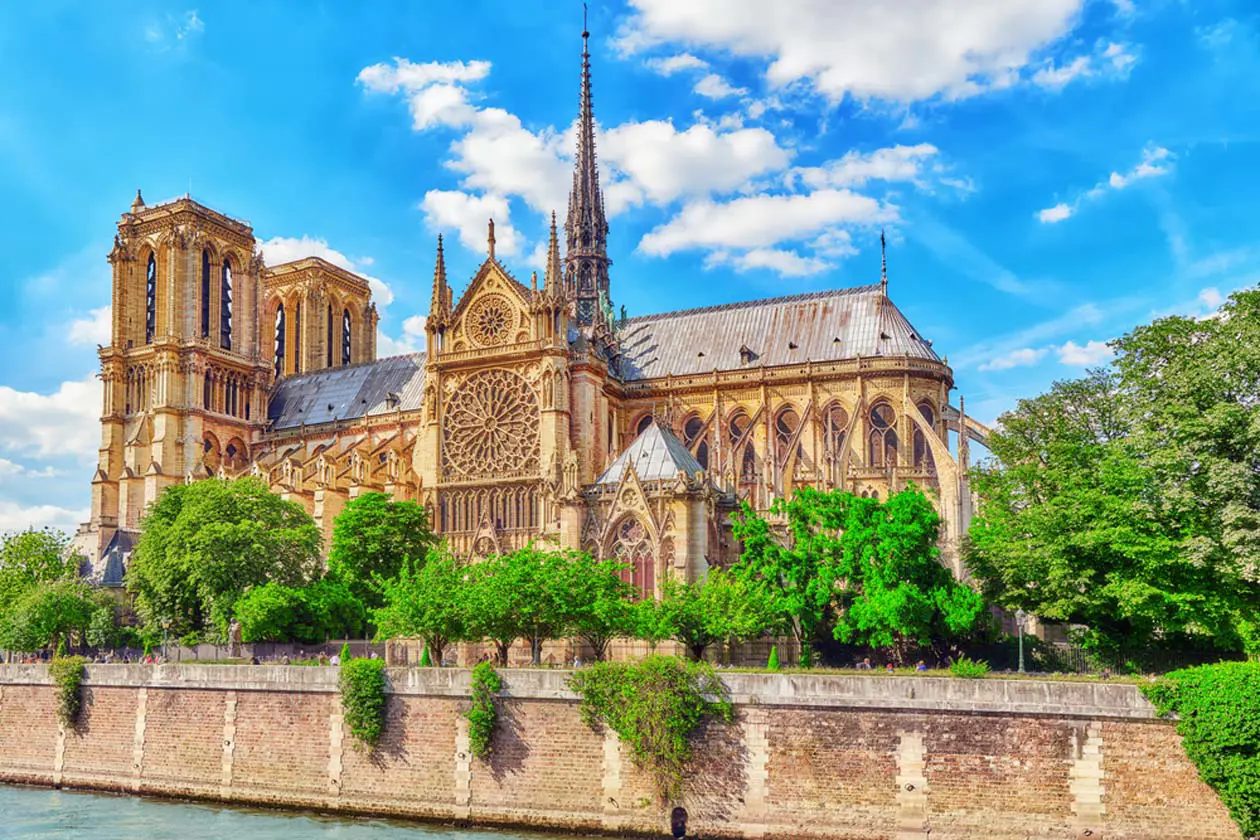
Cathedral of Notre-Dame. Photo: Sisterscom.com, Shutterstock
Another obligatory visit is to the Cathedral of Notre-Dame, an architectural gem of Gothic art set between the two arms of the Seine River and also known as the “Stone Ship” because of its impressive size. The cathedral, located in the eastern part of the Île de la Cité, is one of the most famous Gothic buildings in the world and is one of the most visited monuments in Paris.
Tour Eiffel in Paris
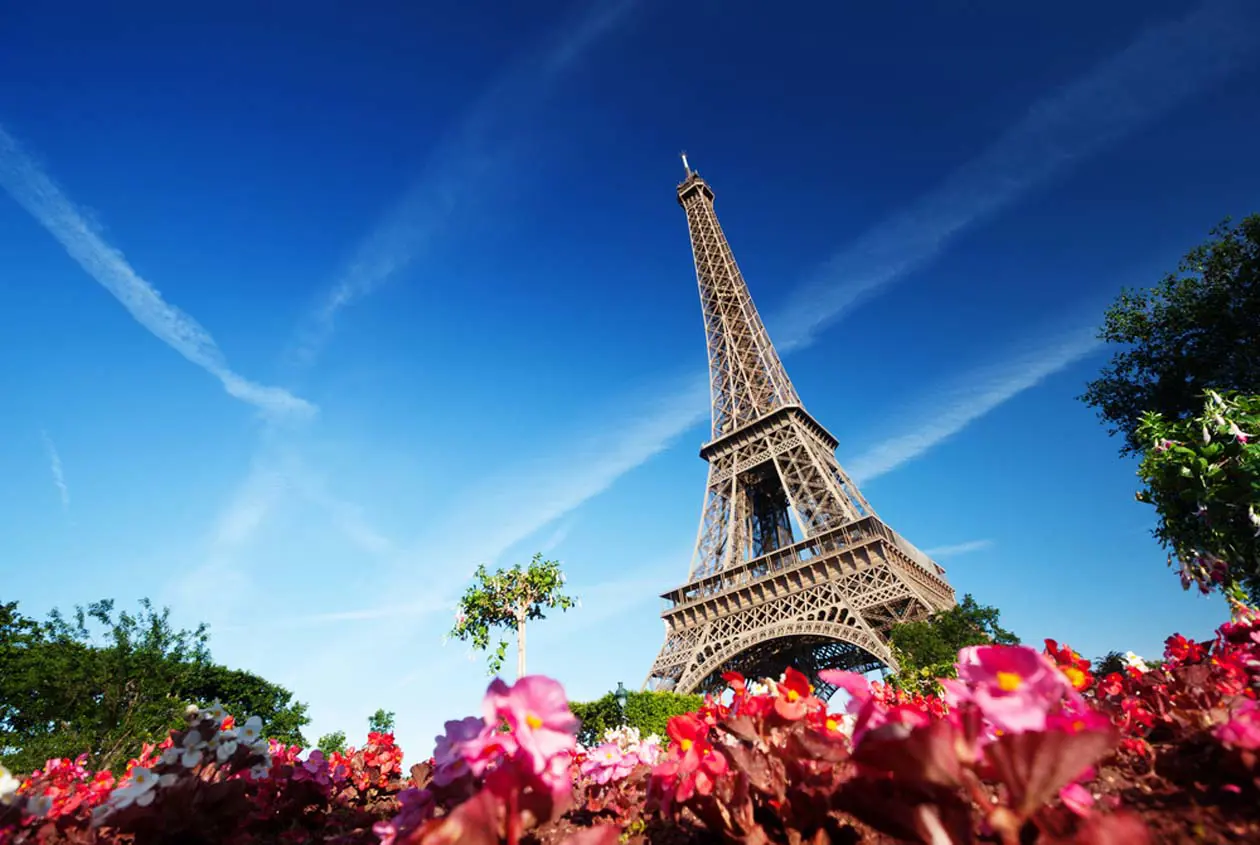
The Tour Effeil in Paris. Photo: Sisterscom.com, Shutterstock
The Eiffel Tower is the symbol of the city and some 304 metres high, which is visited each year by millions of tourists.To climb to the top there are two possibilities: the 1665 steps or two transparent elevators. The structure is divided into three levels open to the public, reachable by both the elevator and the stairs.
The Louvre museum in Paris
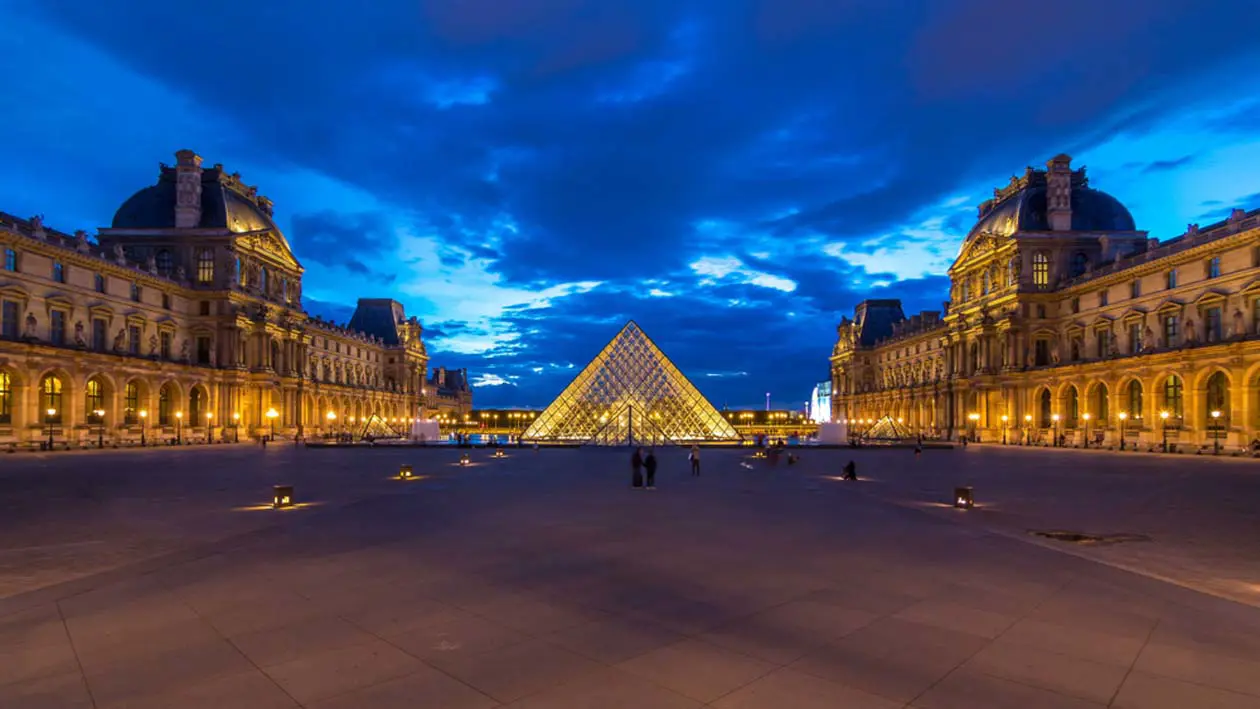
The Louvre. Photo: Sisterscom.com, Shutterstock
After a visit to the Louvre, a wonderful journey through the history of art, which exhibits over 35,000 works of art from ancient times to 1848, a stroll around the districts of Montmartreand the Opéra is a must.
Sitting on the right bank of the Seine, the area of the “Grand Boulevards” is a shopping area par excellence, which features the “passages”, shopping galleries that since 1800 have been at the heart of Parisian life.
Shopping in Paris
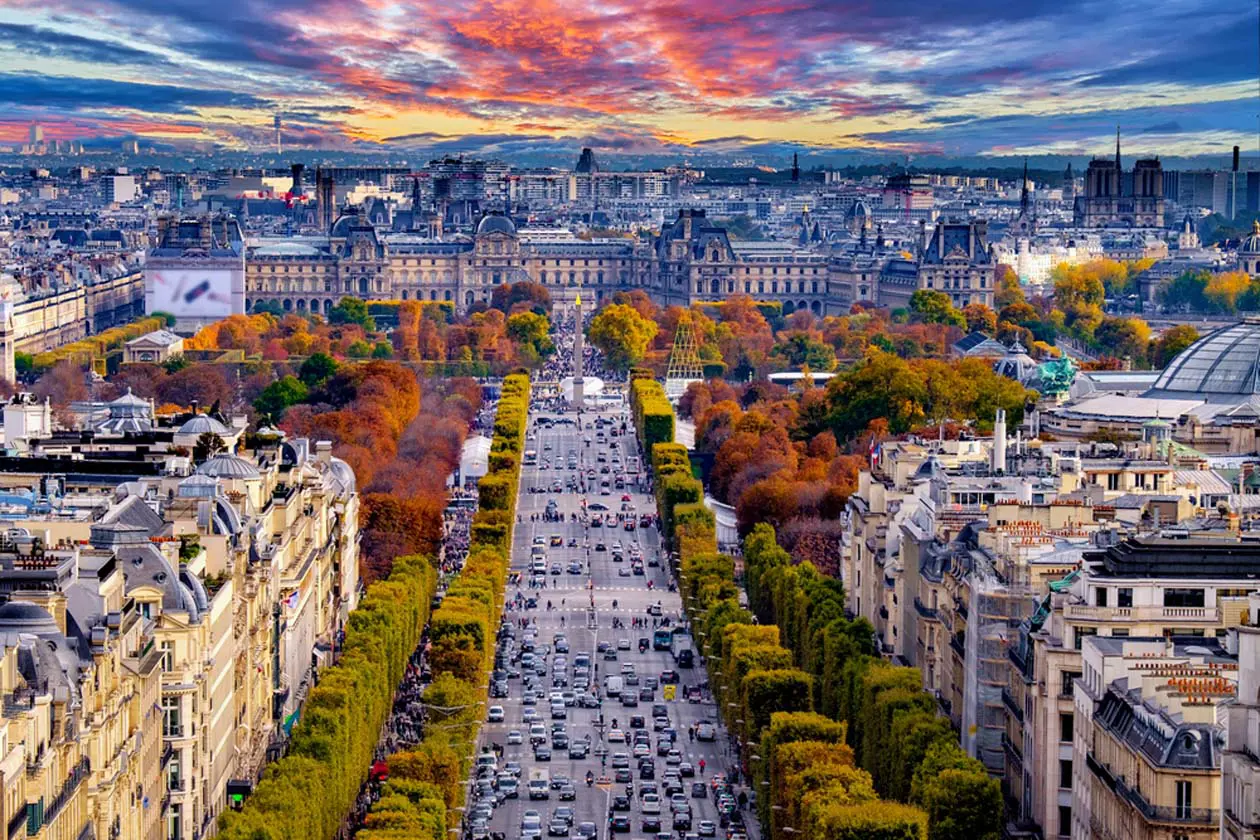
Les Champs Elysees. Photo: Sisterscom.com, Shutterstock
The “Champs Elysees” is certainly one of the most famous, renowned avenues in the world. Paris’s department stores, with their stylish fittings and selection of quality items, are another must-see stop on a shopping tour of the city. The flagships of famous brands thrive from Avenue des Champs-Élysées to Rue de Rivoli, while many of the world’s best-known designer brands are concentrated in AvenueMontaigne, Place Vendôme, Rue de la Paix and Saint-Germain-des-Prés. With over 17,000 bohemian, ethnic, conceptual or classical boutiques, every quarter reveals as many shopping surprises.
The flea and antiquaires markets in Paris
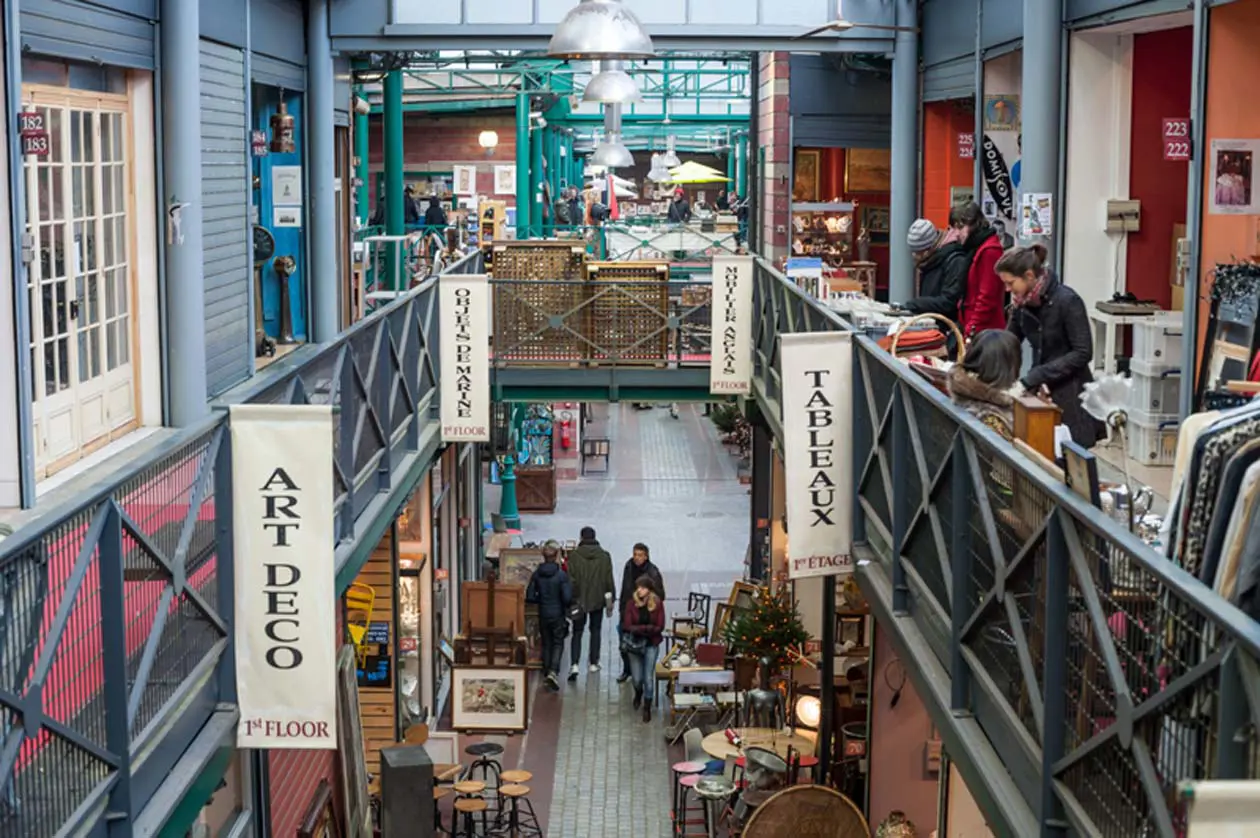
The flea markets. Photo: Sisterscom.com, Shutterstock
The covered arcades of the capital, the flea markets at the gateways to the city (Porte de Vanves and Saint-Ouen) and the antique shops of Village Suisse and Louvre des Antiquaires are a delight for enthusiasts and collectors. Numerous galleries in the quarters of the Borse, Saint-Germain-des-Prés and Marais await lovers of both antique and contemporary art.
With over 400 green areas, Paris is a city where strolling is a real pleasure. The manypublic parks and gardens are relaxing places for a walk, as are the Seine promenade, the docks of Canal Saint-Martin and the path through the gardens that connect the Opéra Bastille to Place Daumesnil.
The castles around Paris
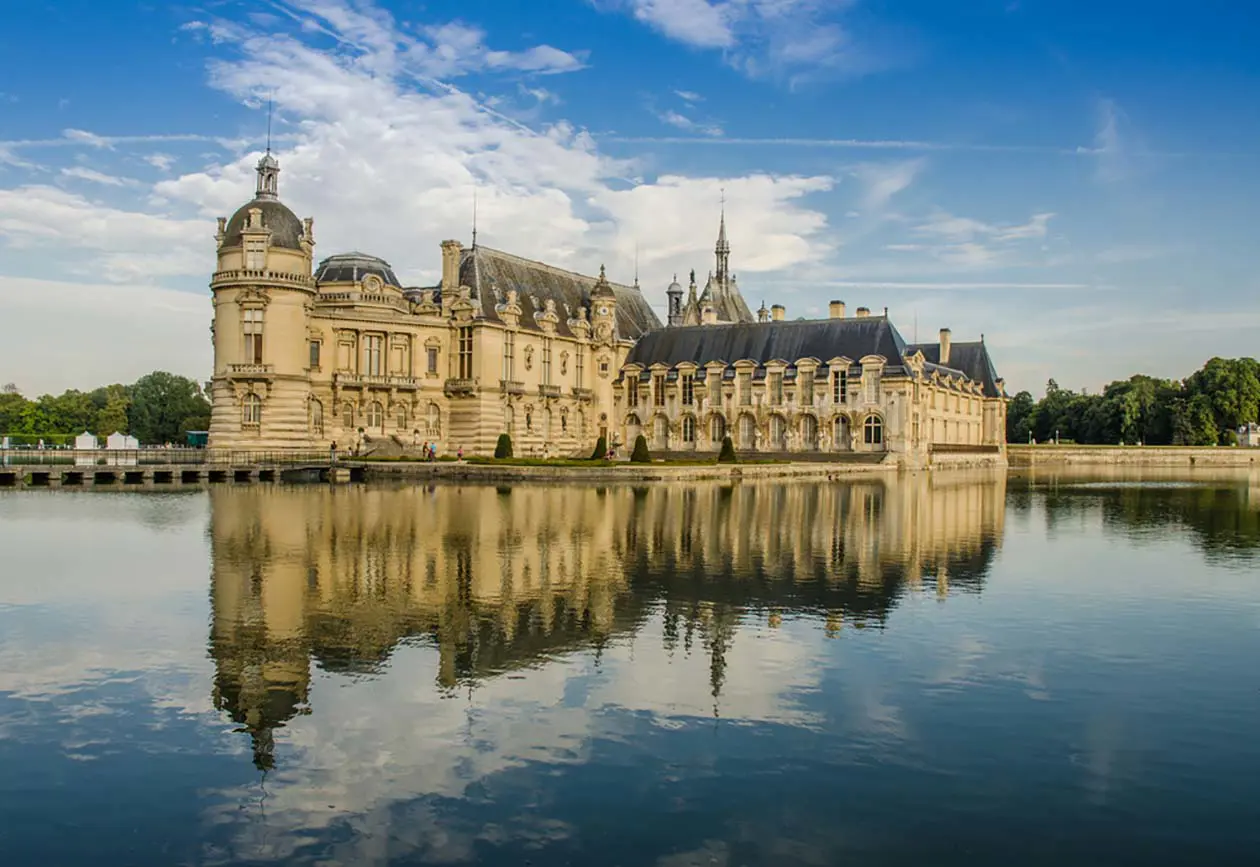
Chantilly Castle. Photo: Sisterscom.com, Shutterstock
Around Paris, there are many splendid castles to visit in the Île-de-France region, such as: Auvers-sur Oise, Chantilly, Fontainebleau, Malmaison, Rambouillet, Vaux-le-Vicomte, Versailles, Vincennes and the state-owned estate of Saint-Cloud.
But there are also numerous places devoted to art or modern architecture, such as the Mac/Val, the Villa Savoye designed by Le Corbusier and the large Arche de la Défense.
Theme parks
The Île-de-France region offers numerous parks for all the family: Disneyland Paris, Parc Astérix, the castle and park of Thoiry and Île Robinson and Disneyland Paris, the most famous and popular theme park in Europe and devoted entirely to the world of Disney and its characters. There are an array of attractions inside including play areas, stores and hotels. It offers two theme parks: the first devoted to the heroes and stories of the fabulous world of Disney and the most recent – opened in 2001 – which is inspired by the magic of the cinema and film world: a dazzling world of colours, lights and magic.
French cuisine
In 2010, with the Mexican cuisine and the Mediterranean diet, the "gastronomic meal of the French" was added to the list of UNESCO's immaterial cultural heritage.
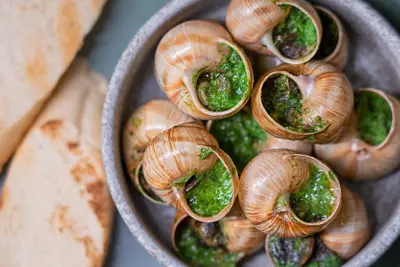


Internationally renowned are the dishes such as the soupe à l'oignon (onion soup), the quiche loraine (savory pie), the omelettes (omelettes), the foie gras (liver), the escargot (snails), the crème caramel, the crème brûlée and the Saint Honoré. To which are added the renowned French wines and cheeses.
Text by Lisa Maria River
Avion Tourism Magazine
Photos: Copyright © Sisterscom.com / Shutterstock / Depositphotos
All rights reserved.
Photos: Copyright © Sisterscom.com / Shutterstock / Depositphotos
All rights reserved.
Tourism Board
www.atout-france.fr
Partnership with Booking.com
Ospitality in Paris
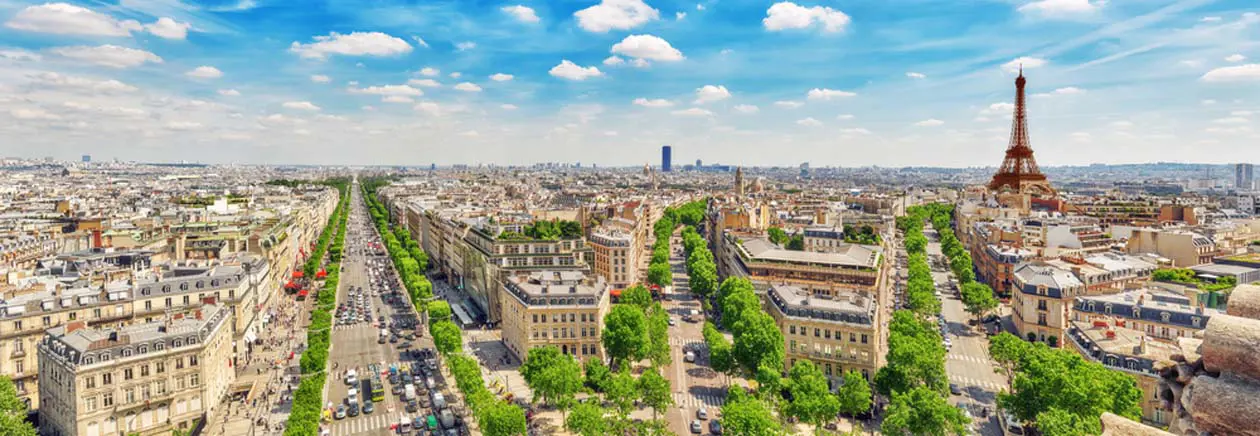
Paris. Photo: Sisterscom.com, Shutterstock
The classification of hotels is based on the number of stars and is determined according to the comfort and services offered. The tourist tax is per person and per night, depending on the category of the exercise (hotels, résidence, furnished apartments, campsites, private homes, youth hostels and other youth accommodation ). Breakfast is not compulsory and can be "continental" or "buffet". The price must be indicated separately from that of the room.
Where to sleep in Paris
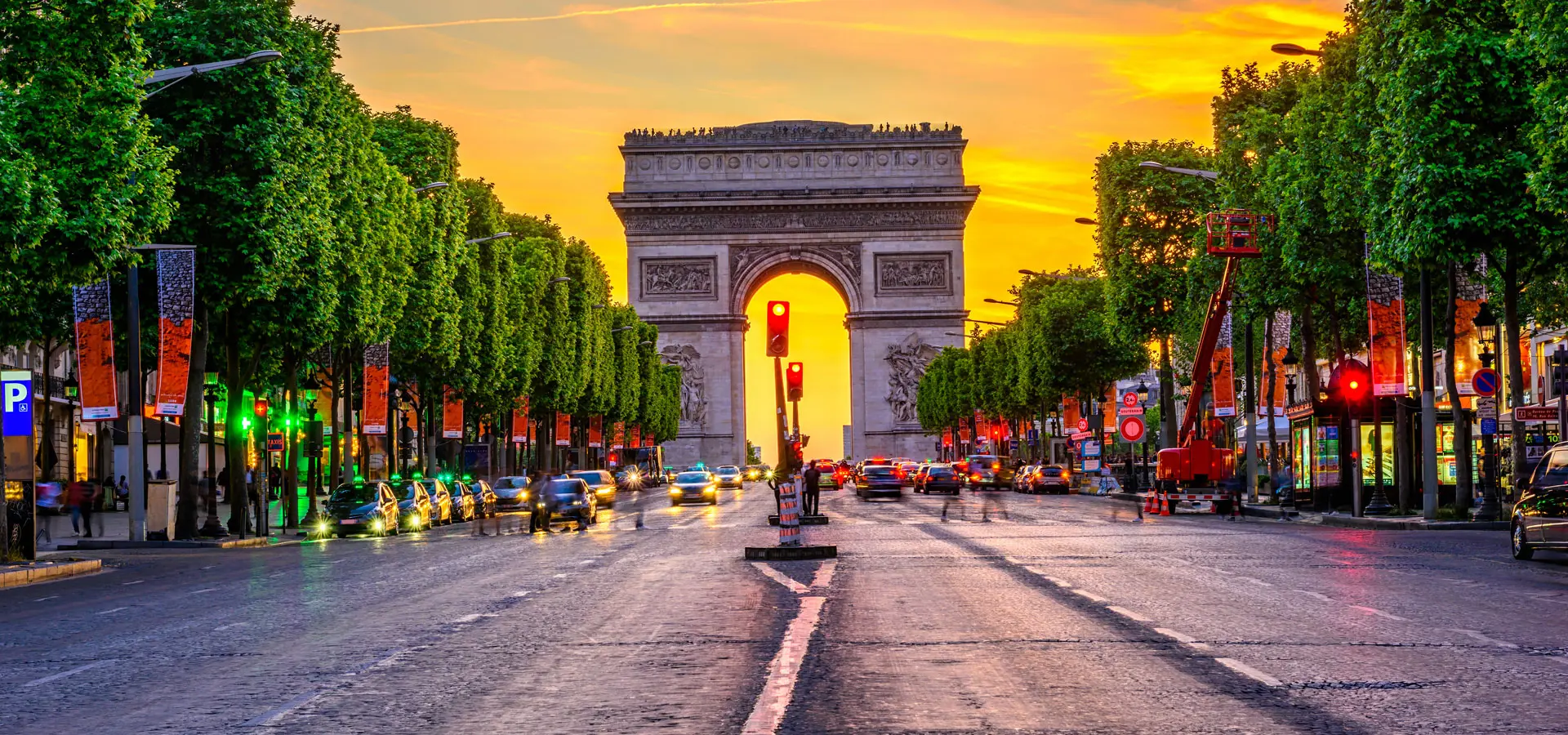
Paris. Photo: Sisterscom.com, Shutterstock
Paris is a welcoming city and offers different possibilities for accommodation.
To find the ideal hotel and the best offers you can do a search for the stars but also for districts or landmarks.
DISTRICTS
Hotels in the districts
LANDMARKS
Hotels in tourist areas
AIRPORT
Hotels near the airport
WHERE TO GO in paris
Monuments in Paris

Paris. Photo: Sisterscom.com, Shutterstock
EIFFEL TOWER
An important monument and iconic landmark of the city of Paris, the Eiffel Tower is 324 metres high, weighs 10,100 tonnes and has 1,665 steps and 3 levels. It was built by Gustave Eiffel for the Exposition Universelle of 1889.
The tower sparkles with thousands of lights for five minutes, every hour on the hour, from dusk until 1.00 a.m. The top of the tower can be reached by using either stairs or lifts, which were installed in 1899 and situated below ground level in the pillars on the west and east sides of the tower.
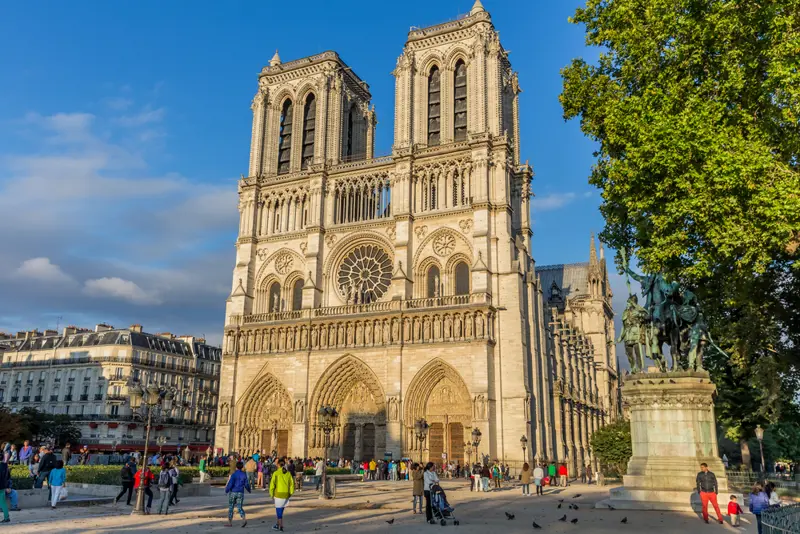
Paris. Photo: Sisterscom.com, Shutterstock
NOTRE-DAME CATHEDRAL
This masterpiece of Gothic architecture was built between the 12th and 13th centuries on the île de la Cité at the request of the bishop Maurice de Sully, and has undergone various restoration and modernisation work over the years. It is the cathedral of the Archdiocese of Paris and one of the best-known landmarks of the capital, as well as being one of the most visited monuments in all France with over thirteen million people passing through its doors each year. It is also a UNESCO World Heritage Site. Every evening in September and on Thursdays and Saturdays in October, evening events of sound and images projected on a screen in the nave create a unique atmosphere. Visits limited on Sunday due to religious services.
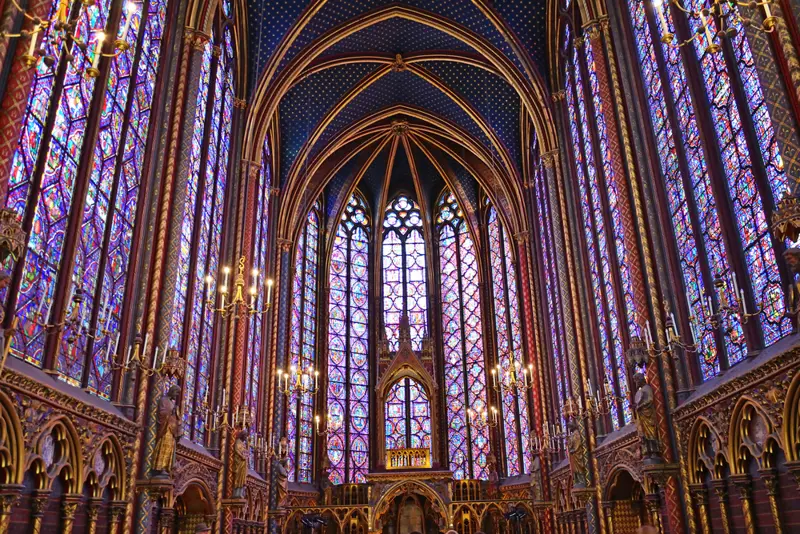
Paris. Photo: Sisterscom.com, Shutterstock
SAINTE CHAPELLE
It is located in the Île de la Cité, and is one of the most important monuments of Gothic architecture. It was built by Louis IX as the chapel of the palace of the kings of France to guard the Crown of Thorns, a fragment of the True Cross and several other relics of the Passion, which was expropriated during the French Revolution. The architecture of the upper chapel stands out for its elegance and for the remarkable height of the windows finely decorated by the glass art. The cross vaults of the lower chapel are on a blue background, with golden lilies, recalling the coat of arms of the king of France.
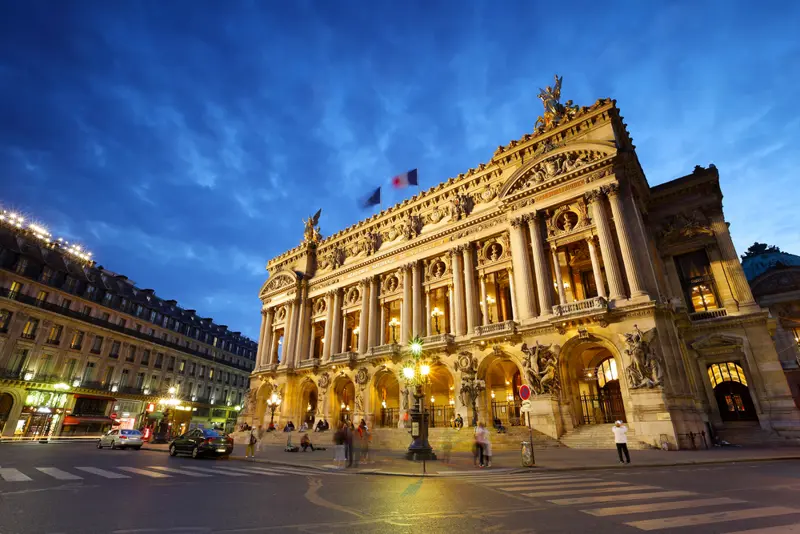
Paris. Photo: Sisterscom.com, Shutterstock
PALAIS GARNIER - PARIS NATIONAL OPERA THEATRE
This masterpiece and the work of Charles Garnier was opened on 5th January 1875. Construction work lasted almost fifteen years and was interrupted by numerous events including the war of 1870 and the fall of the Empire. In the year 2000, the main façade of the Opera was completely renovated, thus revealing its original rich colours. The red and gold auditorium is in Italian style and has a horseshoe shape. It seats 1,900 people on red velvet upholstered chairs. The ceiling features a crystal glass chandelier and paintings by Marc Chagall.
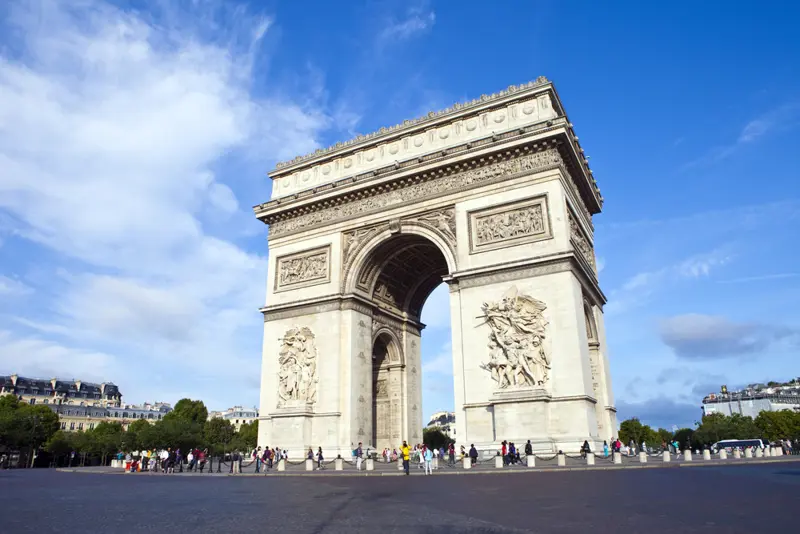
Paris. Photo: Sisterscom.com, Shutterstock
ARC DU TRIOMPHE
The Arc du Triomphe, which was built on the orders of Napoleon I in Neoclassical style in 1806, celebrates the victories of the “Grande Armée”; it was later inaugurated in 1836 by the King of France, Louis Philippe. A symbol of the French nation, the design of the architect Jean-François Chalgrin was inspired by the arches of antiquity. The monument features the names of illustrious French personalities and is also home to the tomb of the Unknown Soldier, on which a flame is lit each evening. A unique view can be enjoyed over the Champs Elysees from the terrace.
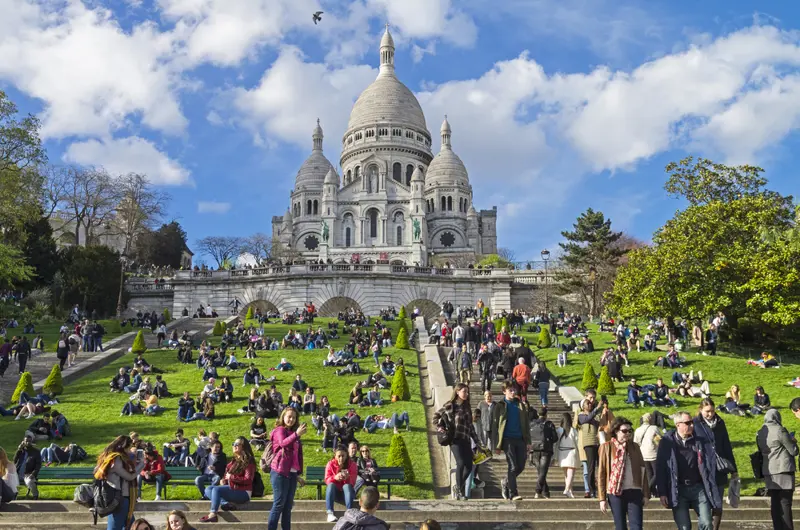
Paris. Photo: Sisterscom.com, Shutterstock
MONTMARTRE
This district of Montmartre, situated in the northern part of the city, is today one of Paris’s main tourist attractions. It is teeming with restaurants and souvenir shops and streets that still preserve an age-old charm, such as Rue Lepic or Rue St. Vincent. The Romanesque-Byzantine Basilique du Sacre Coeur is a must-see destination. The stone used to build this church - Château-Landon – has the interesting feature of producing a white substance (calcite) on contact with rainwater, which permeates the entire building. The climb to the dome along 300 steep, narrow steps is well worth while - the view from the top is spectacular.
Museums in Paris
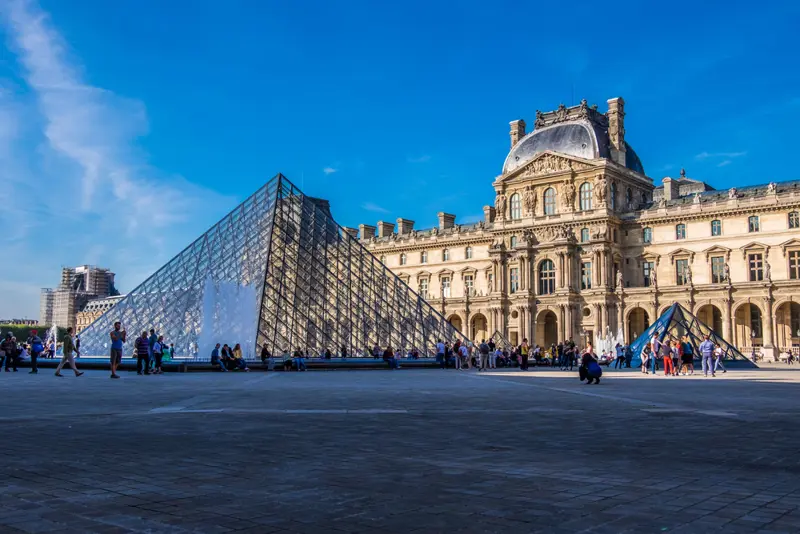
Paris. Photo: Sisterscom.com, Shutterstock
LOUVRE
The Louvre is the world’s most famous museum. From 1515, it was the royal palace of the kings of France until the time of Louis XIV, who in 1793 moved the court to the new palace in Versailles. It then housed the Museum Central des Arts. In 1981, it was entrusted to the Chinese-American architect Ieoh Ming Pei who, after twenty years of work and a great deal of investment, improved the presentation of works by creating an underground city with a monumental pyramid of glass as an entrance. Inaugurated in 1989 it was immediately a great success. Many of the world’s greatest masterpieces of ancient and modern art are housed in its numerous departments and vast halls.
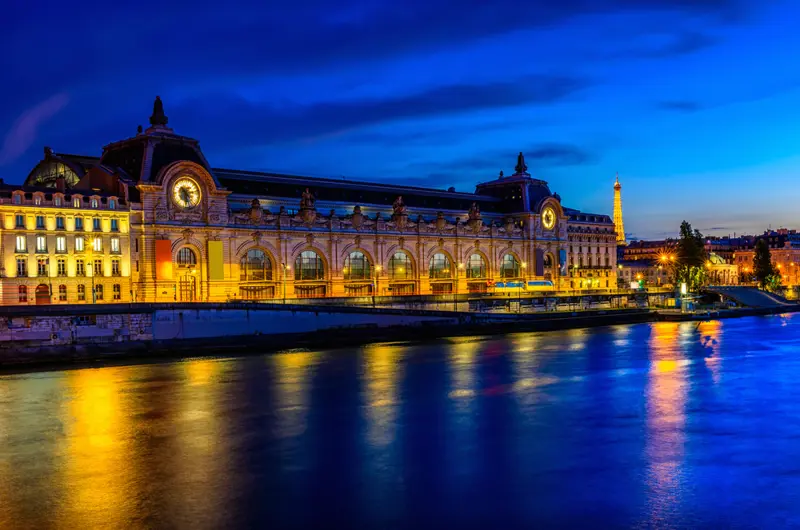
Paris. Photo: Sisterscom.com, Shutterstock
MUSEE D'ORSAY
Situated in the heart of Paris, along the Seine River, this museum is located inside the old station of Orsay, a building constructed for the Exposition Universelle of 1900.
The initial interior layout of the museum was put in the hands of a team of architects and designers coordinated by Gae Aulenti. Open to the public in 1986, it exhibits the artistic creations of the western world from 1848 to 1914 and houses national collections of paintings, sculpture, art objects, photographs, graphic works and architecture.
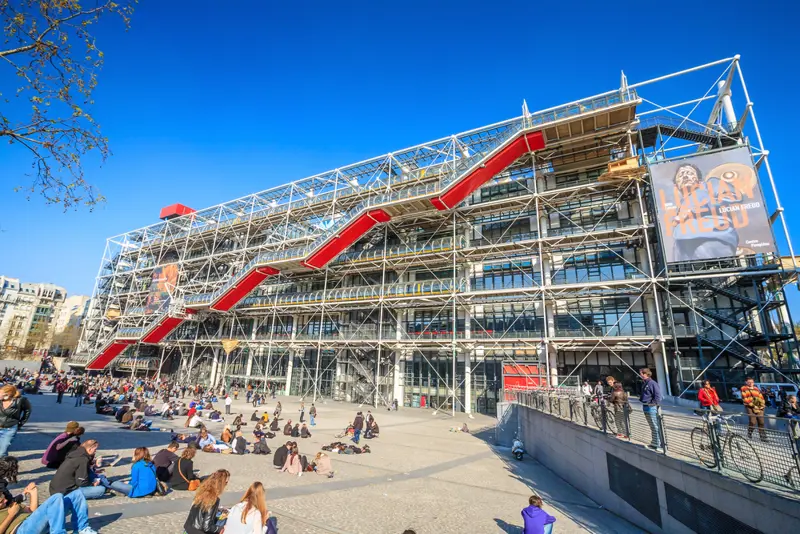
Paris. Photo: Sisterscom.com, Shutterstock
POMPIDOU CENTRE
In 1969, the president George Pompidou was involved in building a cultural, multi-disciplinary centre.
The centre, which took the name of the president, was inaugurated in 1977 and immediately proved an enormous success. Alongside the largest collection of modern and contemporary art in Europe, it houses a library, cinemas, a music research centre and bookshops.
Excursions in Paris

Paris. Photo: Sisterscom.com, Shutterstock
TUILERIES GARDEN
The name of this wonderful garden derives from the tile factory previously found on the site. In 1664, André Le Notre, a landscape gardener, gave this garden its current formal, Parisian style.
It is the oldest garden in Paris and because of its unique beauty and excellent position, just a stone’s throw from the city’s main attractions, it is perfect for tourists as a place for relaxation.
It is richly decorated with wonderful groups of statues and, at the entrance, a big wheel offers one of the most exquisite views over the centre of Paris.
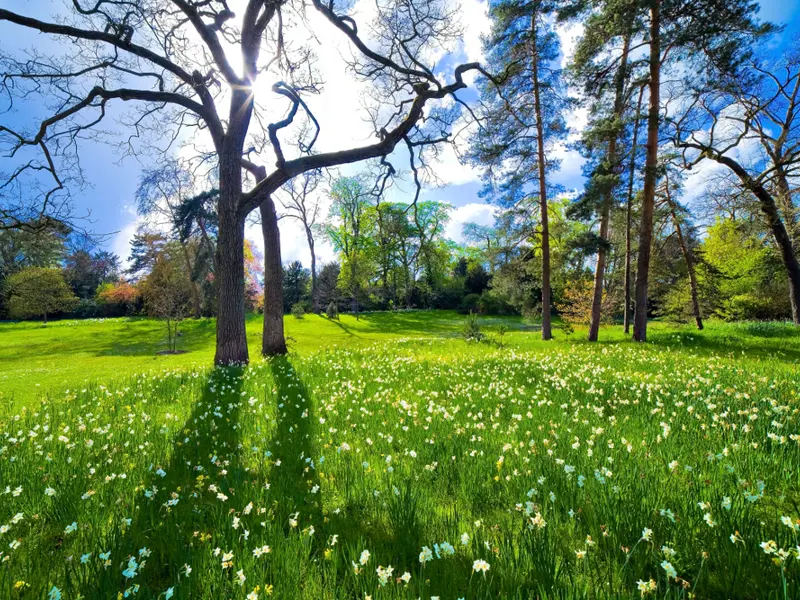
Paris. Photo: Sisterscom.com, Shutterstock
PARC DE BAGATELLE
Created in 1775, the park and castle were built in just 64 days because of a bet between Queen Marie Antoinette and her brother-in-law, the Count of Artois.
Giant trees, small bridges, grottos, expanses of water and artificial waterfalls make the park an ideal place for strolling and relaxing.
An interesting attraction is the magnificent rose garden, which has ten thousand rose plants of over 1,000 different types. The park also holds an international competition dedicated to roses, exhibitions and classical music concerts.
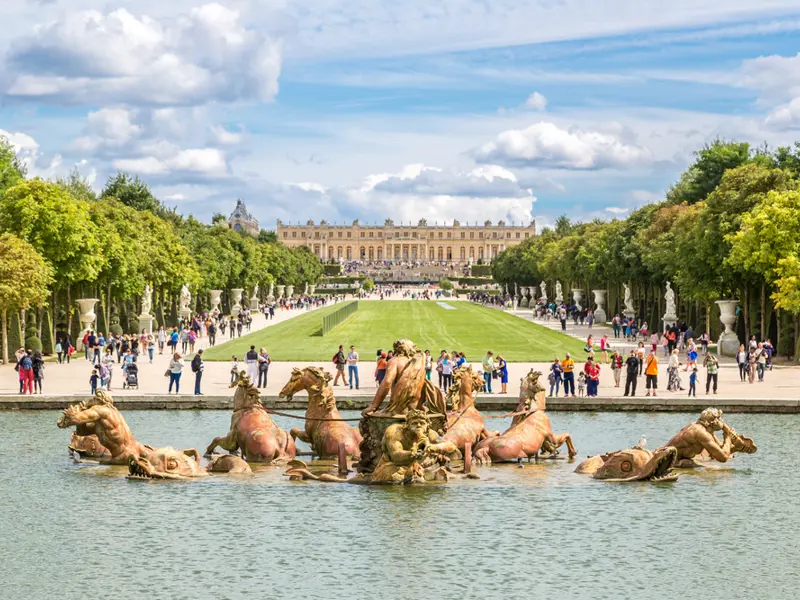
Paris. Photo: Sisterscom.com, Shutterstock
PALACE OF VERSAILLES
The Palace of Versailles is one of the most sumptuous and celebrated in the world thanks to the artists that built it and the person who commissioned it, King Louis XIV. The buildings follow the architectural style of the seventeenth and eighteenth centuries. The Palace is one of the most beautiful masterpieces of the seventeenth century and a symbol of French art. One of the most exquisite rooms in the palace is the Hall of Mirrors, which was used as a passageway and for official meetings. The gardens behind the palace are decorated with statues, fountains, water features and flowerbeds. The unique Grand Canal is some 1,670 metres long. At only 17 kilometres from the capital, Versailles can be reached by car, train or bus.
Partnership with GetYourGuide
Tours and excursions
News & Useful info
Shopping
Luxury
You might be interested in
Other destinations
Airports nearby Paris


